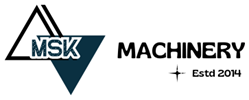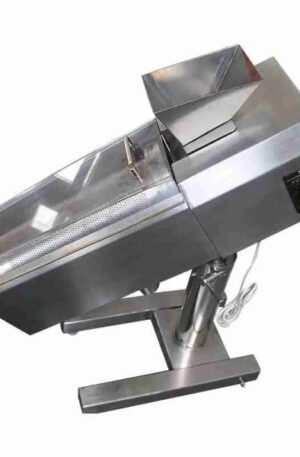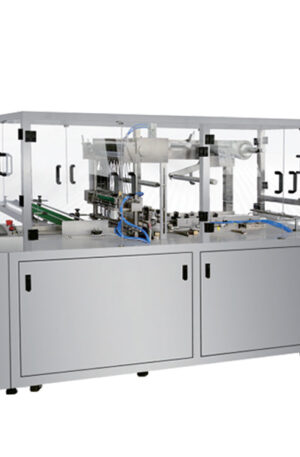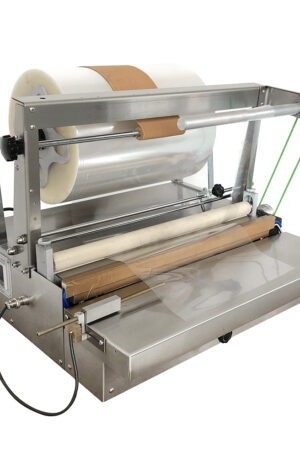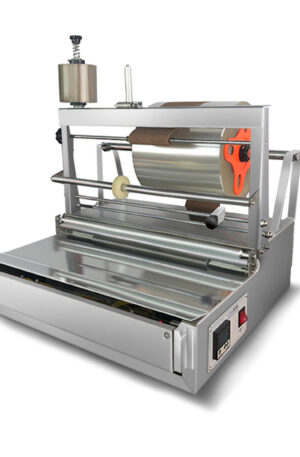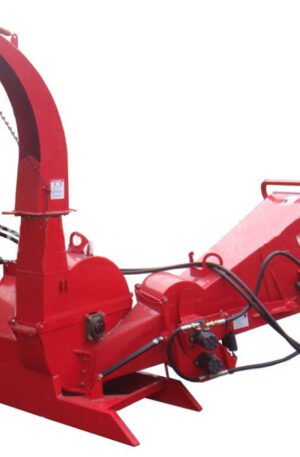Title: Analyzing the Evolution of Pharmaceutical Machinery: From Traditional to Cutting-Edge Technologies
Pharmaceutical machinery has played a crucial role in the manufacturing process of drugs and medication. This article aims to delve into the evolution of pharmaceutical machinery, focusing on the transition from traditional machines to the latest cutting-edge technologies.
Traditionally, pharmaceutical companies relied on basic equipment such as table press machines and capsule filling machines to produce medications in solid form. Table press machines, also known as tablet presses, are used to compress powder mixture into tablets of uniform size and shape. On the other hand, capsule filling machines automate the process of filling empty capsules with powdered or liquid medication. These machines have been widely used in the pharmaceutical industry for decades, offering efficiency and reliability in drug production.
With advancements in technology, pharmaceutical machinery has seen significant improvements. One notable innovation is the introduction of TDP (Tablet Press Machine) and THDP (Tablet Hardness Testing Machine). TDP machines have enhanced features such as automated controls and precision dosing systems, allowing for higher production rates and improved tablet quality. THDP machines, on the other hand, are used to measure the hardness of tablets, ensuring consistency in drug potency and dissolution rates.
In recent years, pharmaceutical companies have begun adopting cutting-edge technologies to further streamline the manufacturing process. Advanced tablet press machines now come equipped with real-time monitoring systems, allowing operators to track production data and identify potential issues in real-time. Furthermore, the integration of artificial intelligence (AI) and machine learning algorithms has revolutionized pharmaceutical machinery, enabling predictive maintenance and optimization of production processes.
In conclusion, the evolution of pharmaceutical machinery has seen a shift from traditional equipment such as table press machines and capsule filling machines to the latest TDP and THDP technologies. With the integration of cutting-edge features and innovations, pharmaceutical companies are poised to enhance production efficiency, product quality, and overall competitiveness in the market. As technology continues to advance, the future of pharmaceutical machinery holds promising opportunities for further optimization and advancement in drug manufacturing.
